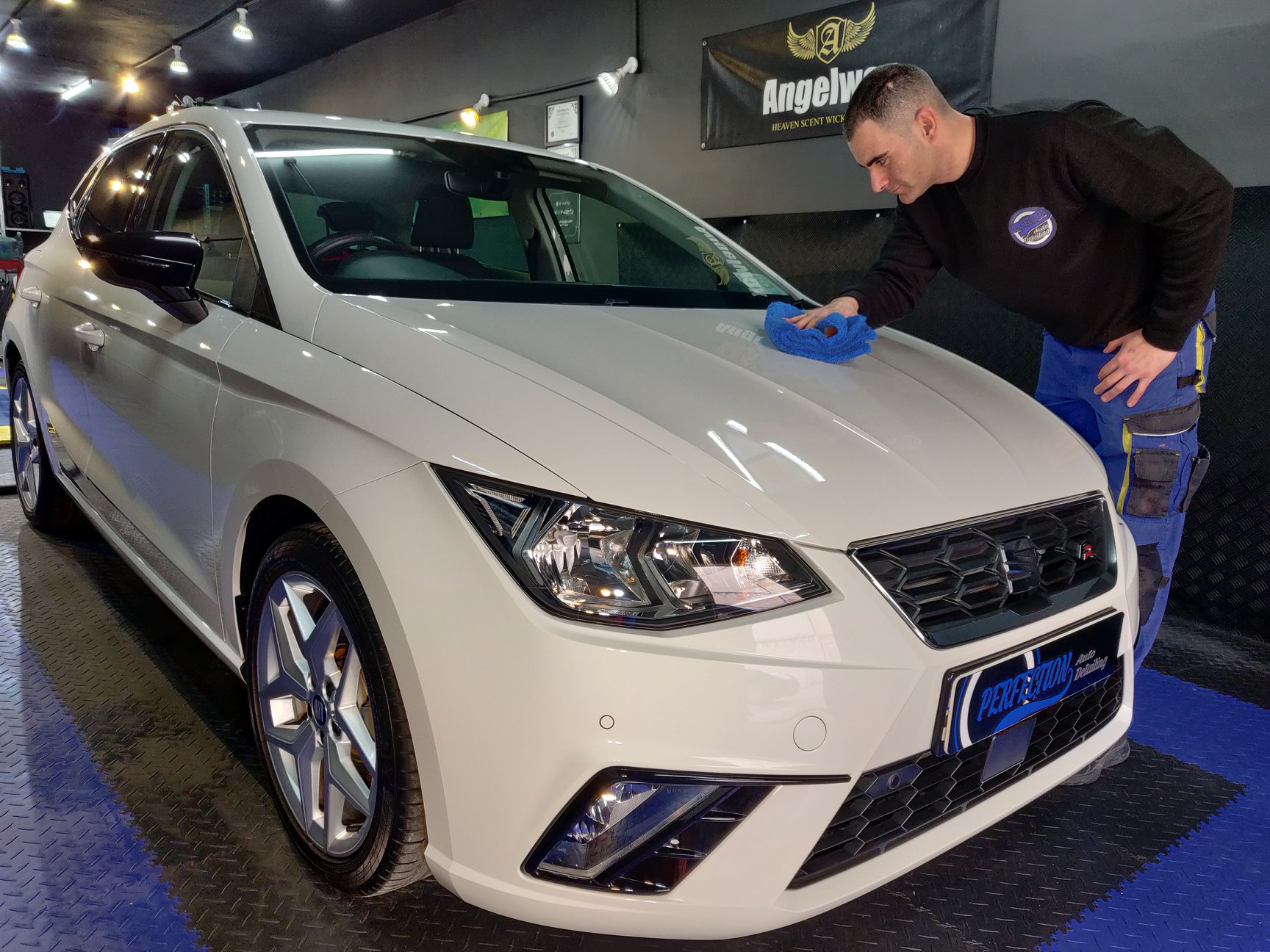The Delicate Dance: Why Not Every Scratch Can Always Be Removed During Paint Correction Especially On Latest & Newer Car Models
Introduction: Paint correction is a meticulous process that aims to restore the beauty and shine of a vehicle’s paintwork. While it can work wonders on many surface imperfections, there are instances where not every scratch can be fully eliminated, especially on the latest and newer car models. In this blog, we explore the reasons behind this limitation, highlighting the challenges posed by thin paint on modern vehicles and shedding light on realistic expectations for paint correction results.
- The Rise of Thinner Paint: In recent years, automakers have been increasingly utilizing thinner paint layers to reduce costs, enhance fuel efficiency, and meet environmental regulations. While this approach offers certain benefits, it also poses challenges during the paint correction process. Thinner paint layers means there is less material to work with, making it more difficult to completely remove deeper scratches.
- Depth and Severity of Scratches: Not all scratches are created equal. Some may only affect the clear coat, while others can penetrate deeper into the base coat or even reach the primer layer. Surface-level scratches are typically easier to address, as they require minimal paint removal. However, when the scratch extends beyond the clear coat, the options for correction become more limited, especially on vehicles with thin paint.
- Preservation of Paint Thickness: During the paint correction process, professional detailers carefully assess the thickness of the paint layers. Their objective is to preserve as much of the existing paint as possible while achieving the desired results. With thinner paint layers, the margin for removing scratches without compromising the overall integrity of the paint becomes narrower especially if the paint has been severely neglacted. This cautious approach ensures the longevity of the paintwork and prevents potential issues down the line.
- Balancing Aesthetics and Structural Integrity: While achieving a flawless appearance is a common goal during paint correction, it is equally important to maintain the structural integrity of the paint. Removing deep scratches by aggressively over polishing or sanding can lead to an excessive loss of paint, risking premature failure or compromising the protective properties of the clear coat. Striking the right balance between aesthetics and structural integrity is crucial to ensure long-term satisfaction.
- Managing Realistic Expectations: It is essential for car owners to have realistic expectations when it comes to paint correction, especially on newer car models with thin paint layers. While professional detailers possess advanced tools and techniques, they must work within the limitations imposed by the vehicle’s paint thickness. Deep scratches that reach the primer layer may require touch-up paint or even more extensive repairs to achieve optimal results.
Conclusion: Paint correction is a transformative process that can significantly enhance the appearance of a vehicle’s paintwork. However, due to the prevalence of thinner paint layers on newer car models, it is important to recognize the limitations and challenges associated with removing deep scratches. Professional detailers strive to achieve the best possible outcome while prioritizing the preservation of paint thickness and structural integrity. By managing expectations and understanding the constraints imposed by thin paint layers, car owners can approach paint correction with a realistic mindset and appreciate the remarkable results that can and will still be achieved in revitalizing their vehicle’s appearance.
Thanks for reading!
Errol Taliana
Book a free consultancy with our dedicated staff today



